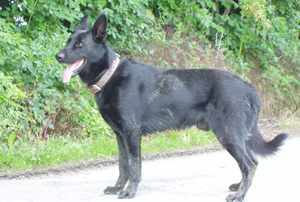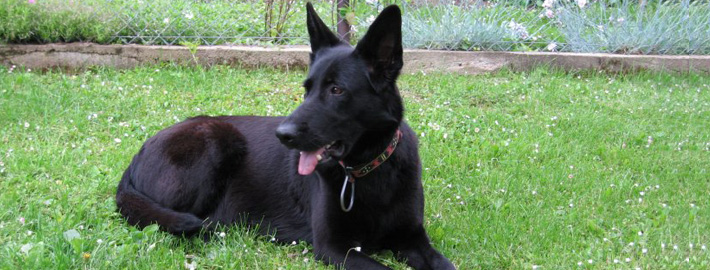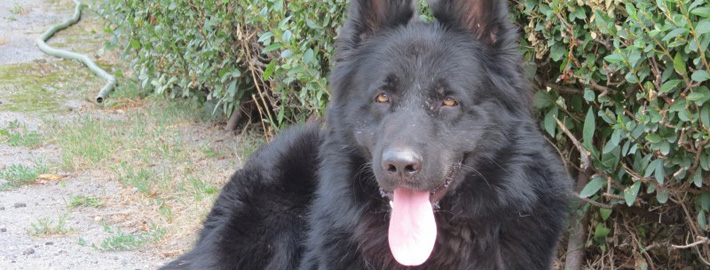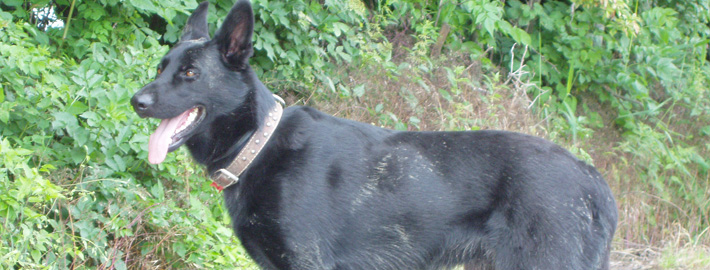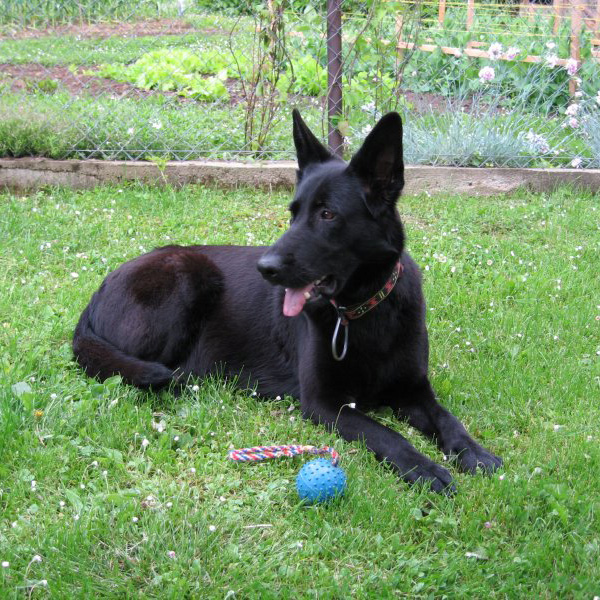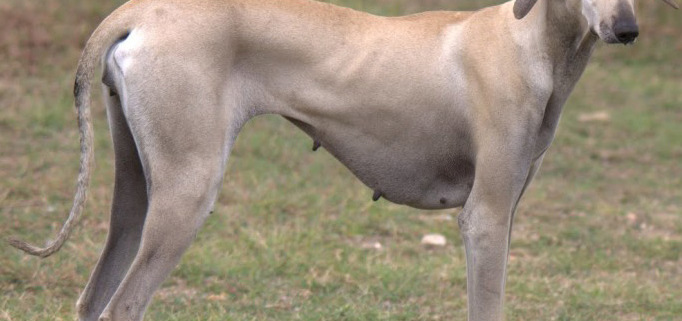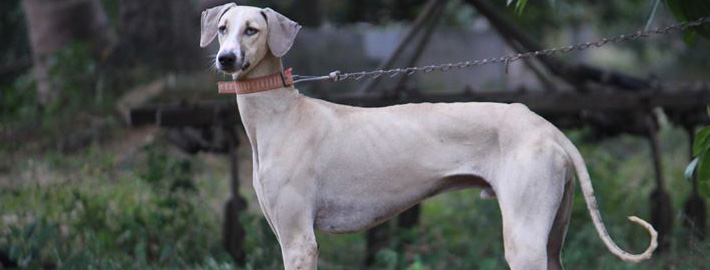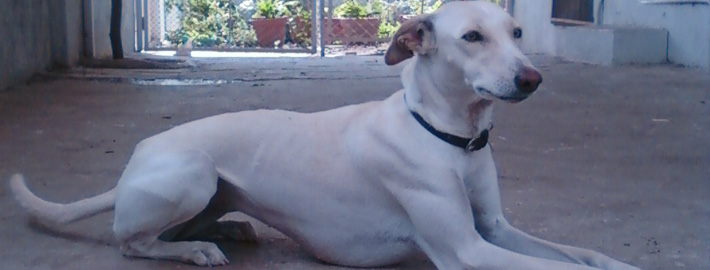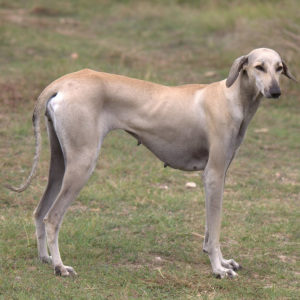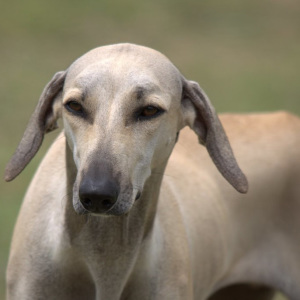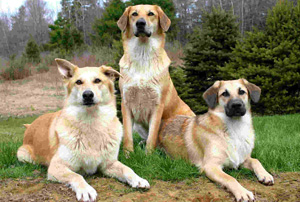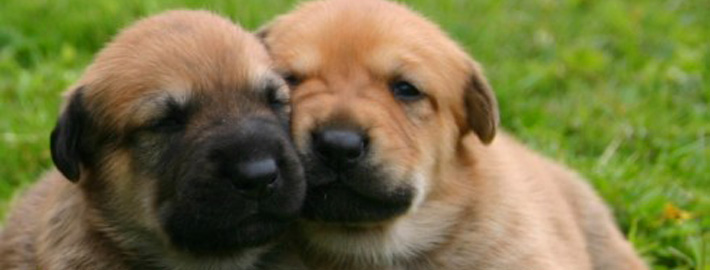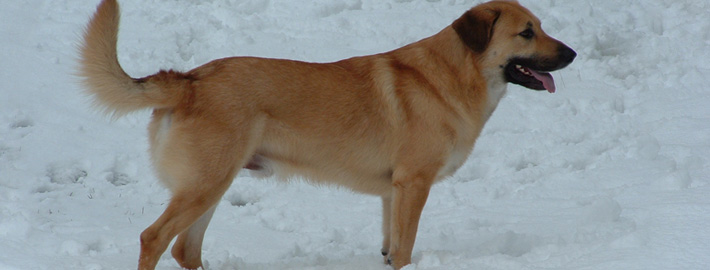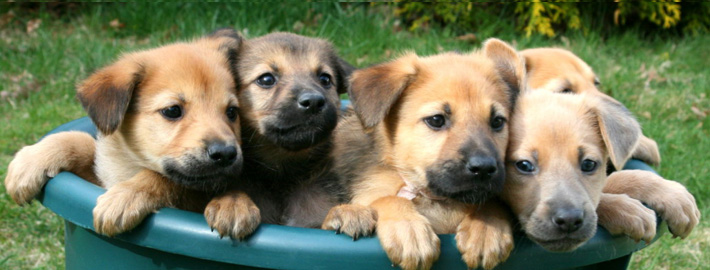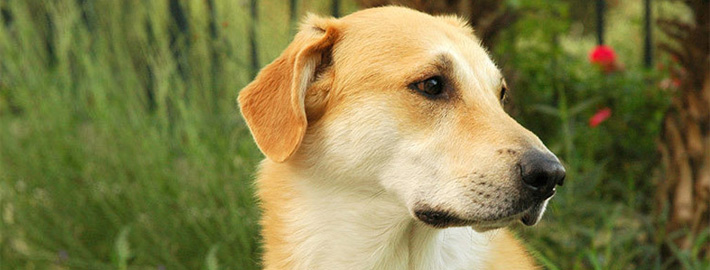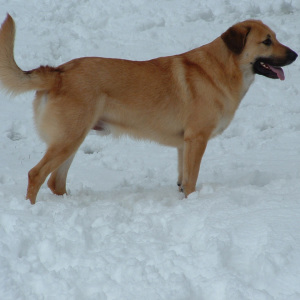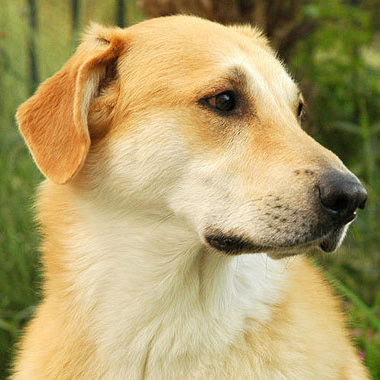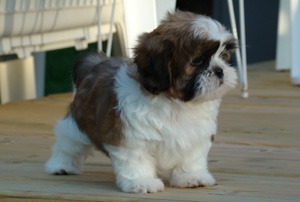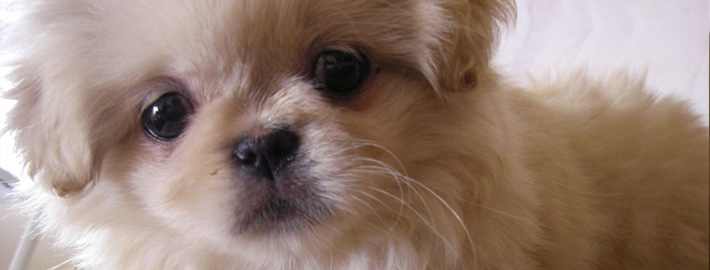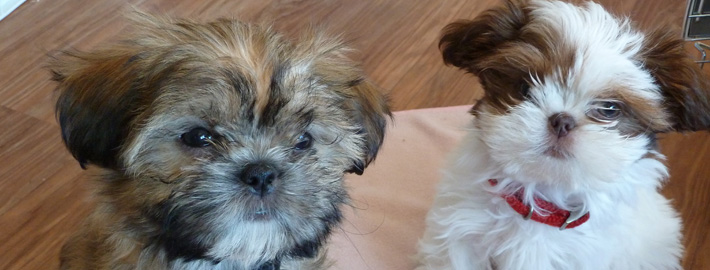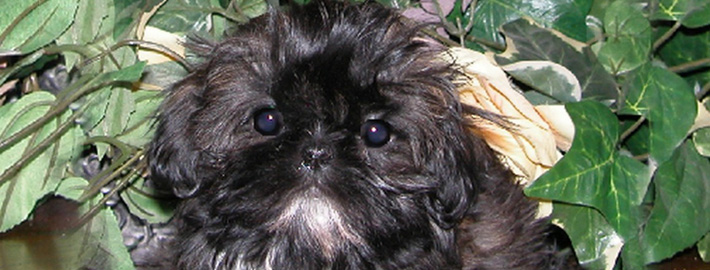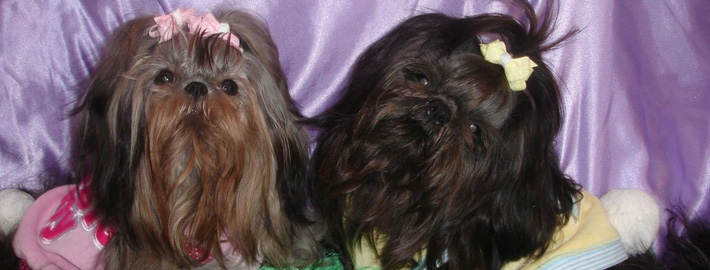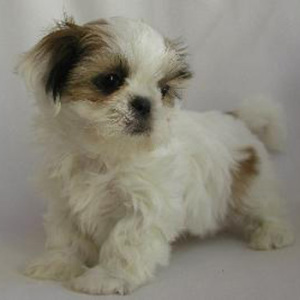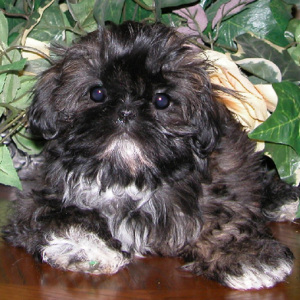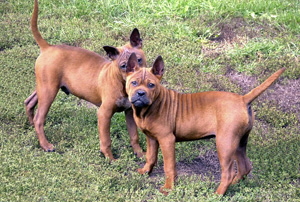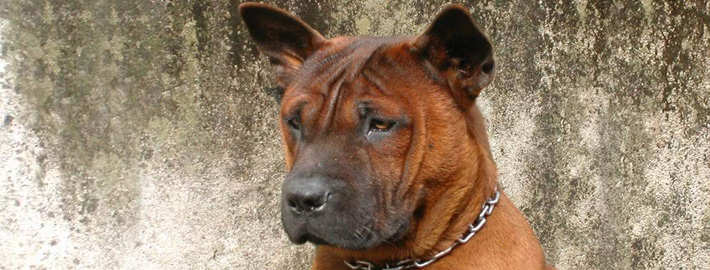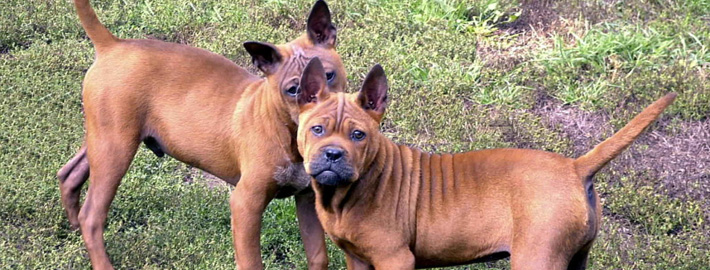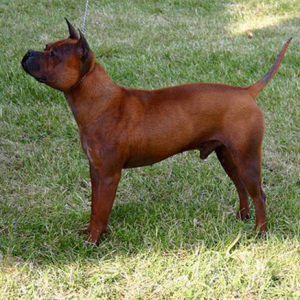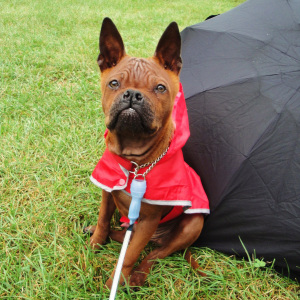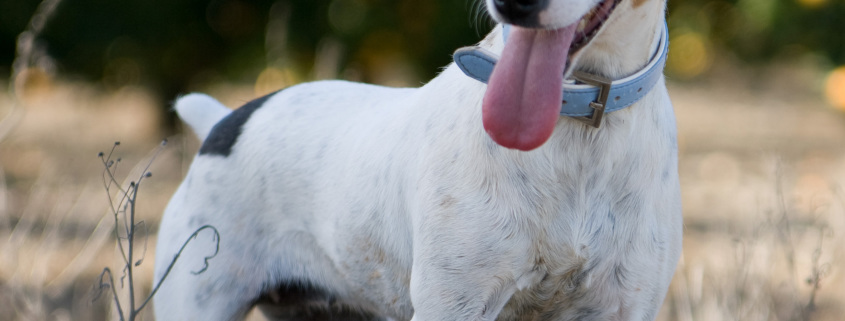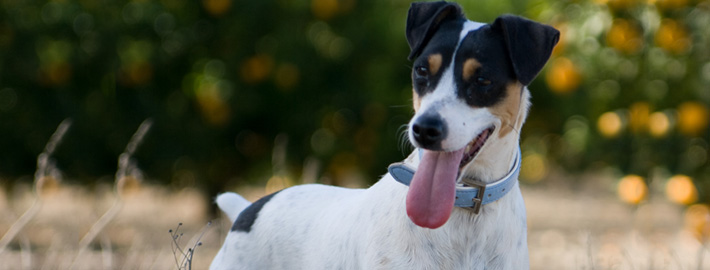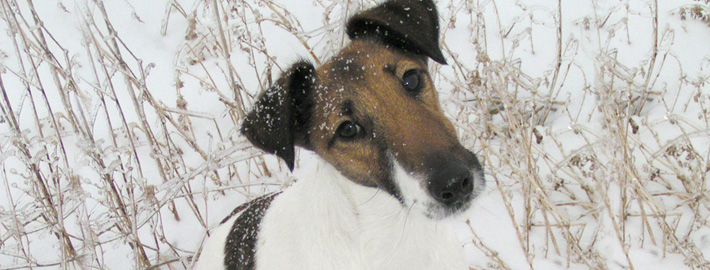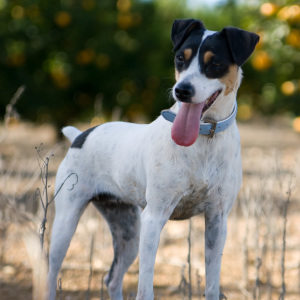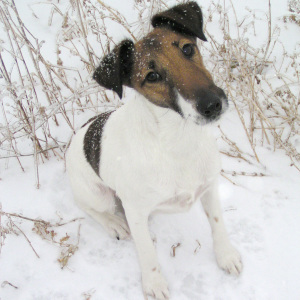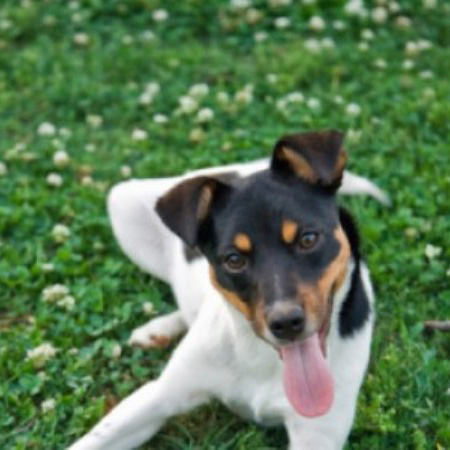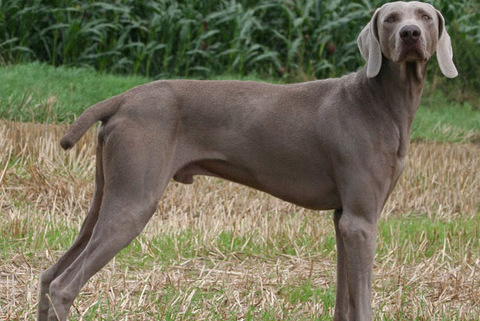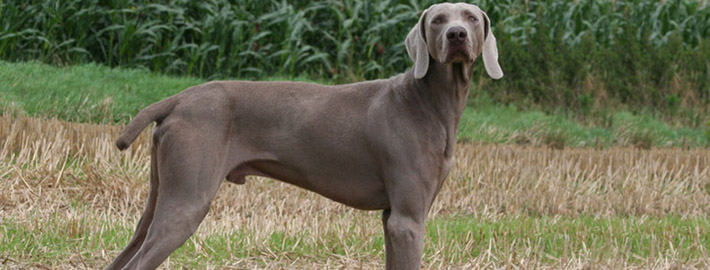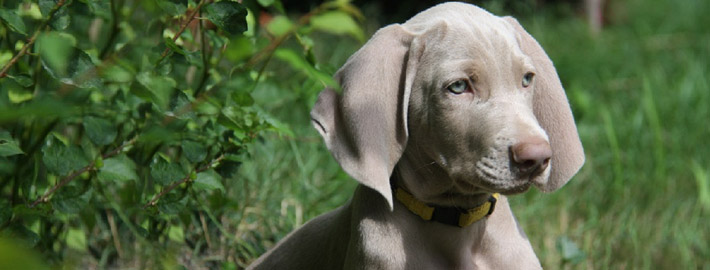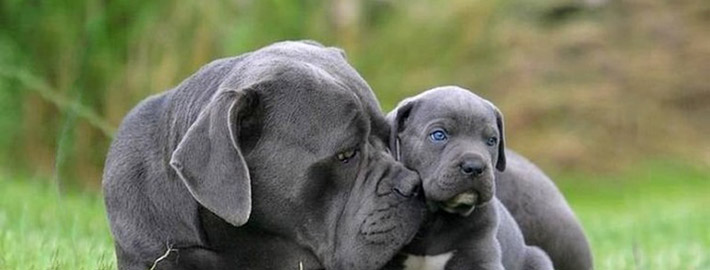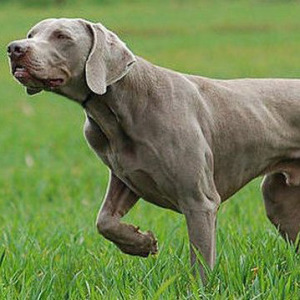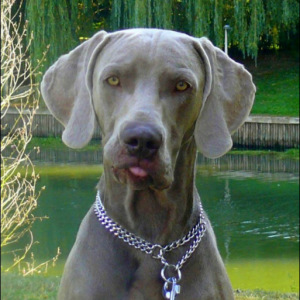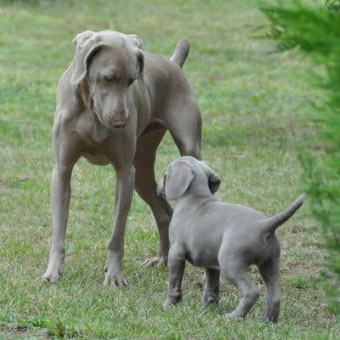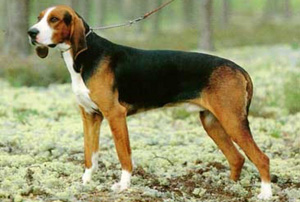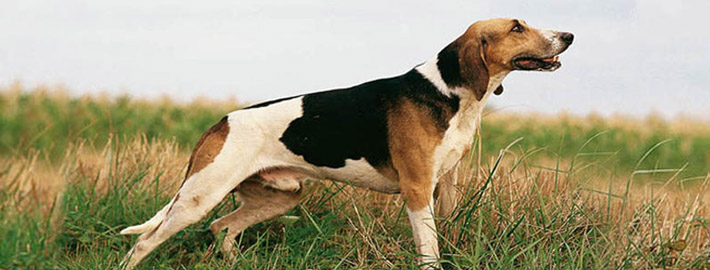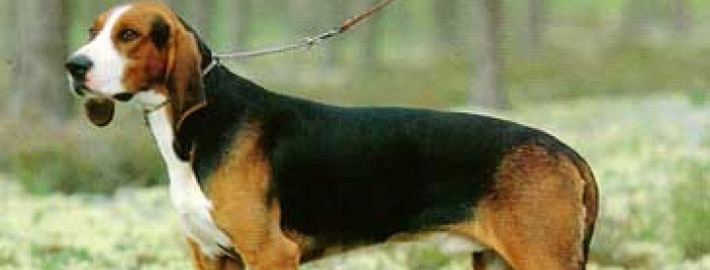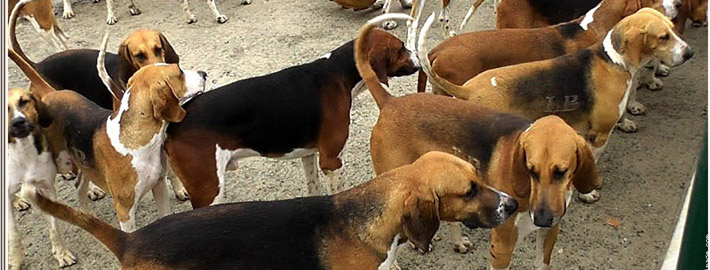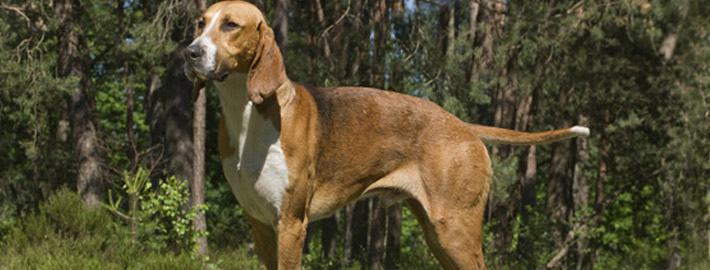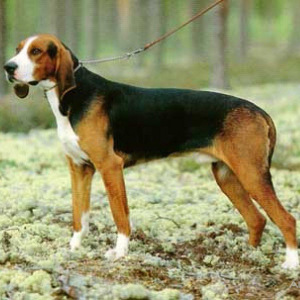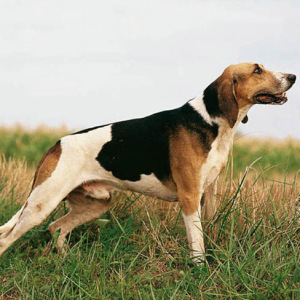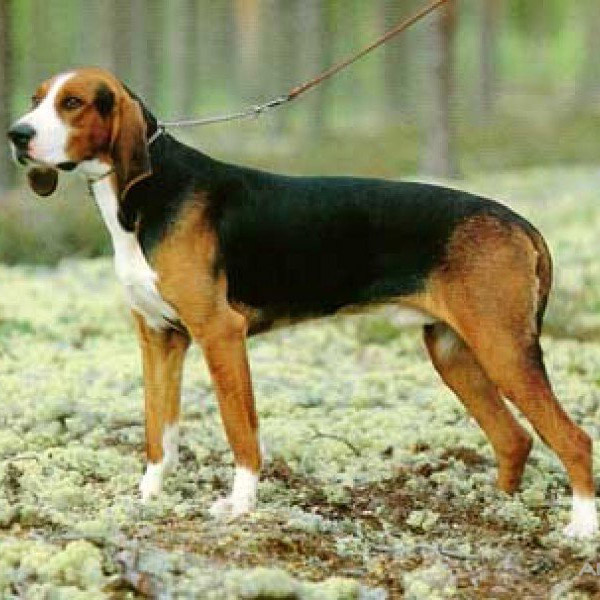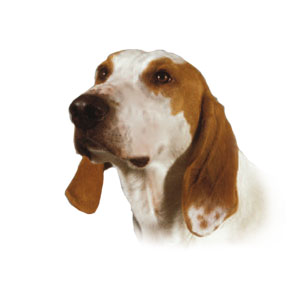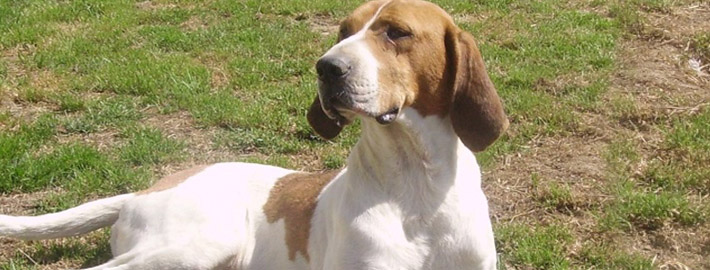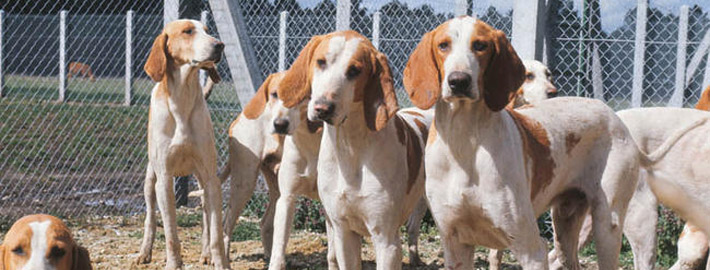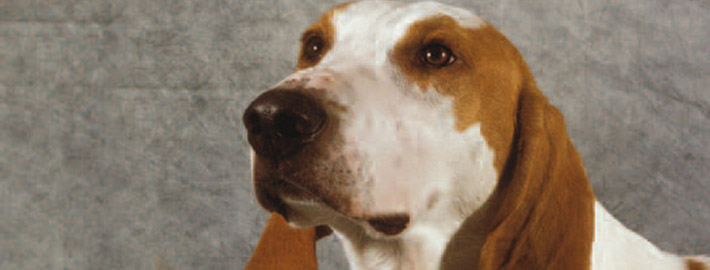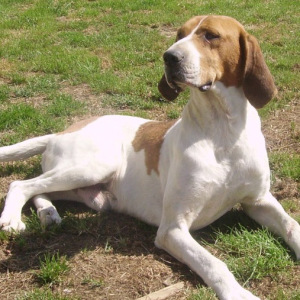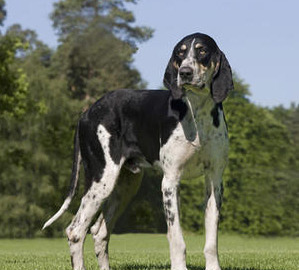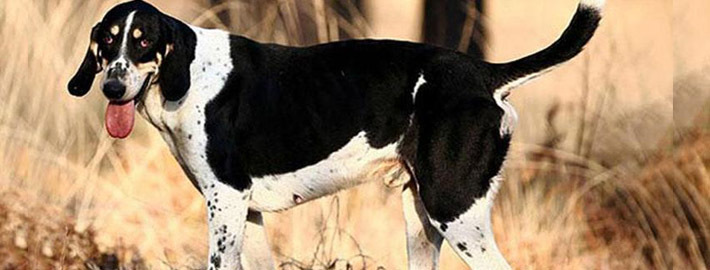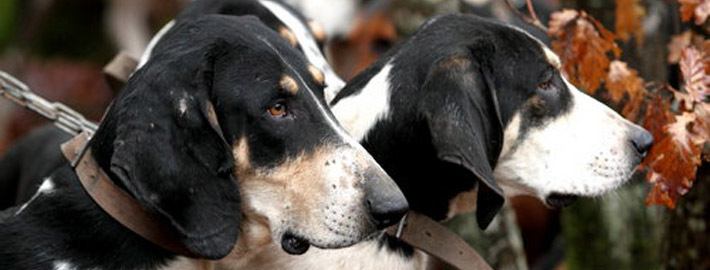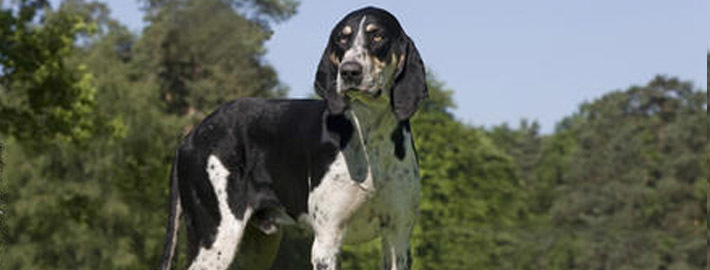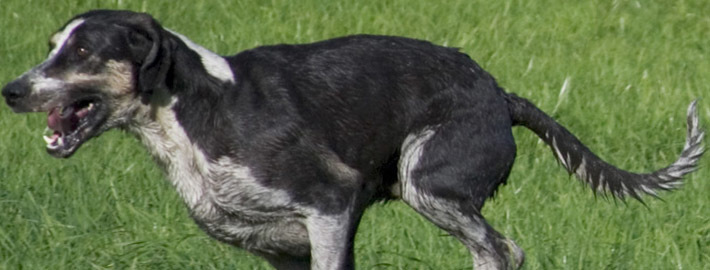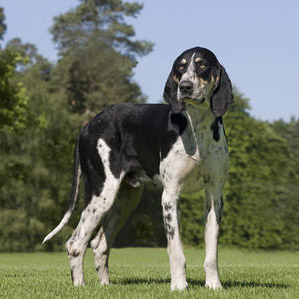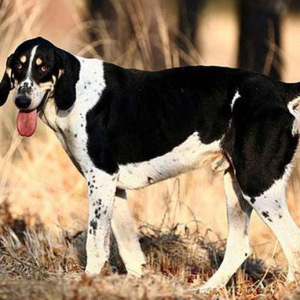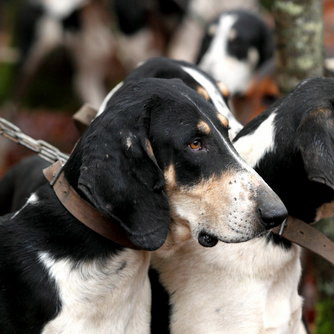Cierny Sery
Cierny Sery – Multi-talented Worker
What makes the Cierny Sery Unique?
The Cierny Sery has a thin, double, coat that was designed to not inhibit the dog’s working ability in any way. The texture is hard and dense. The undercoat is thick and profuse.
Page Contents
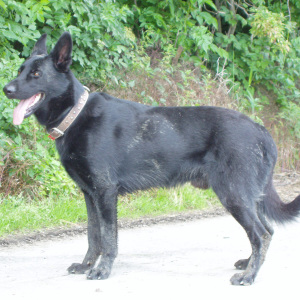
Is the Cierny Sery Right For You?
The Cierny Sery has a temperament very similar to that of the better known German and Belgian Shepherds, although this breed tends to be considerably softer tempered than those breeds.
It is a sensitive breed and cannot be trained using harsh training methods. Do not treat this dog as if he were human. Learn canine instincts and treat the dog accordingly. To be truly happy, the Cierny Sery needs a task in life and a consistent pack leader.
The Cierny Sery will do okay in an apartment if sufficiently exercised. They are relatively inactive indoors and do best with at least a large yard.
In 5 Words
- Athletic
- Strong
- Elegant
- Imposing
- Balanced

Characteristics
Learn About the Cierny Sery
Description
The head and face of the Cierny Sery are generally proportional to the size of the dog’s body, although they do tend to be rather broad. This breed is generally very wolf-like in terms of facial features, especially those of the Carpathian Wolf. The forehead of this breed is slightly arched.
The Cierny Sery is very similar in appearance to the German Shepherd and Belgian Shepherd, especially the smooth-coated form, but is distinguishable from those breeds due to its solid black coloration and slightly different features.
The muzzle and head are distinct from each other, but blend in very smoothly with a minimal stop. The muzzle is ideally straight but may be slightly arched on some dogs.
The Cierny Sery should look natural, never as though it has been prepared just for the show ring. The thin, double coat should be profuse, but never look as though it would inhibit the dog’s working ability in any way. The texture should be hard and dense, never woolly, silky, frizzy, fine or wiry.
The undercoat should be thick and profuse.
Appears in 3 types:
Short – double coat
Long – double coat, long coat on ears, legs and tail
Rough – double coat is rough, has moustache and barb on his chops.
The color is always black, with small white and brown markings allowed.
Short History of the Cierny Sery
The primary ancestor of the Cierny Sery is said to be the Altdeutsche Hütehund (Old German Sheepdog), but this Slovak (not German) dog breed was actually developed by crossing Belgian Sheepdogs with Altdeutsche Hütehund, starting in 1981.
The Cierny Sery is a very recently developed breed that has only been truly distinguished from other similar breeds since the 1980’s.
Dogs have been used in war since the very dawn of recorded history. Archaeological digs in Ancient Egypt and Mesopotamia conclusively show that those cultures were using dogs to attack enemy armies several thousand years before the birth of Christ.
Centuries of guarding sheep from wolves and bears made them naturally protective and granted them extremely keen senses.
Temperament
The Cierny Sery has a temperament very similar to that of the better known German and Belgian Shepherds, although this breed tends to be considerably softer tempered than those breeds.
It is a sensitive breed and cannot be trained using harsh training methods. Do not treat this dog as if he were human. Learn canine instincts and treat the dog accordingly. To be truly happy, the Cierny Sery needs a task in life and a consistent pack leader.
When properly trained and socialized, most breed members will be very polite with and tolerant of strangers, although they vary considerably in their interaction with them.
Caring for Your Cierny Sery
General Health
It does not appear that any health studies have been conducted on the Cierny Sery, which makes it nearly impossible to make any definitive statements on the breed’s health.
Although skeletal and visual problems are not thought to occur at high rates in this breed it is highly advisable for owners to have their pets tested by both the Orthopedic Foundation for Animals (OFA) and the Canine Eye Registration Foundation (CERF).
The Cierny Sery should be athletic, strong, imposing, elegant, and balanced in appearance. Loves people and children. This dog is good for all types of work including service dog work. It is a sensitive breed and cannot be trained using harsh training methods.
Grooming & Bathing
The Cierny Sery will do okay in an apartment if sufficiently exercised. They are relatively inactive indoors and do best with at least a large yard.
Exercise & Training
The Cierny Sery loves strenuous activity, preferably combined with training of some kind, for these dogs are very intelligent and crave a good challenge. They need to be taken on a daily, brisk, long walk, jog or run alongside you when you bicycle. If under-exercised, this breed can become restless and destructive.

